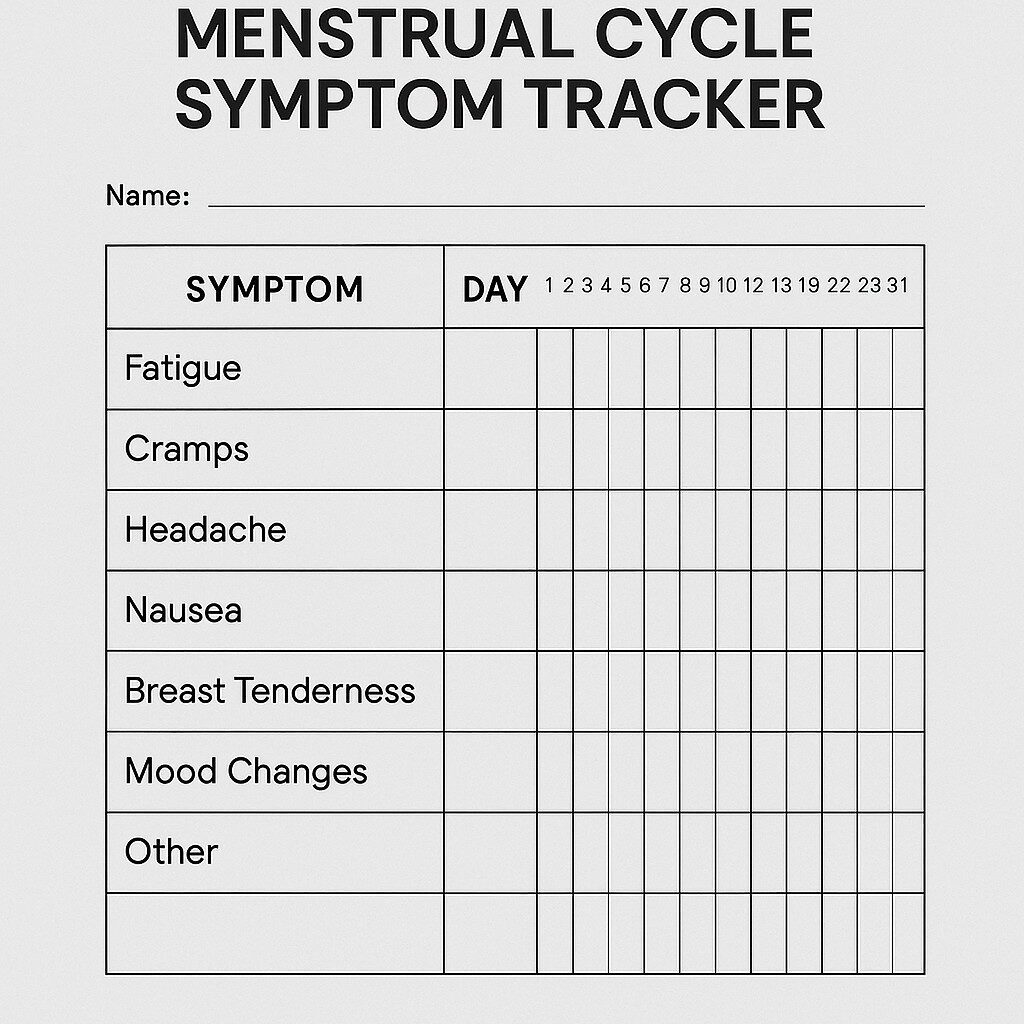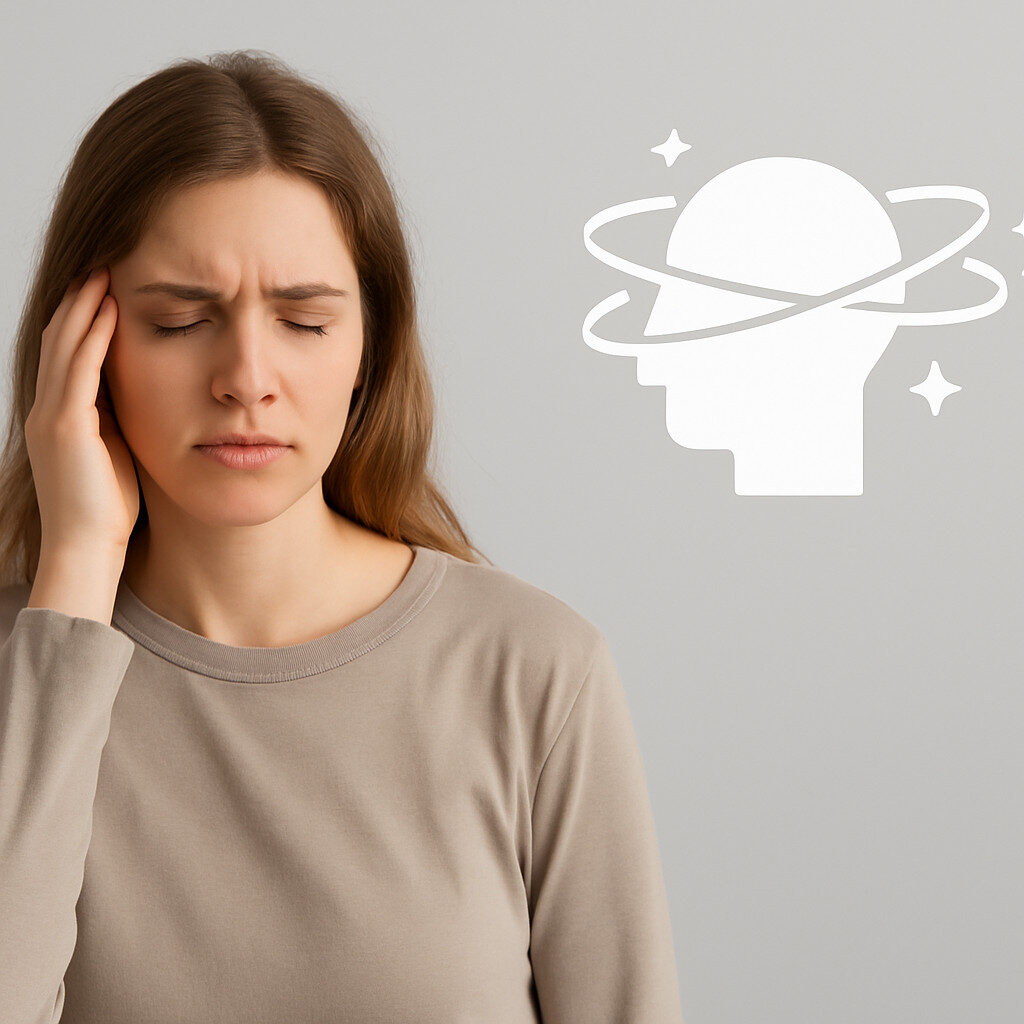An interesting question that people commonly ask about food and nutrition: Is there that much difference between foods grown 30 years ago and foods grown today?
The answer is YES.
Decades ago, conventionally grown fruits and vegetables were much richer in vitamins and minerals than the varieties most of us are consuming in the 21stCentury. The root of the problem is soil depletion, a result of the invasive agricultural processes used on conventional farms. Over the past half century, there are reliable declines in the amount of protein, calcium, phosphorus, iron, vitamin C, and the B vitamins found in produce. But that’s not all that is being depleted in fruit and vegetable crops.
What else is being depleted? Phytonutrients.
Phytonutrients are special plant chemicals that give fruits and veggies their color and are essential to keeping a plant healthy. They protect the plant from invasive pests, exposure to UV radiation, and support growth and maintenance from roots to leaves. Not only are phytonutrients important for plants, they are extremely beneficial to human health.
Phytonutrients have antioxidant and anti-inflammatory properties that help maintain healthy cells in the body. They enhance immunity and intercellular communication, repair cellular damage, help build bones, and support the body’s innate detoxification processes. Additionally, phytonutrients play a role in the health of the major physiological systems. Consuming a diet rich in phytonutrients is regarded by researchers and health practitioners as an effective strategy for reducing risk for cancer, heart disease, and other chronic diseases.
Different types of fruits and vegetables can contain a variety of the more than 900 known phytonutrients. These include flavonoids, carotenoids, lignans, phytosterols, resveratrol, isoflavones, to name a few. Cooking time affects phytonutrient content. Where possible, eat raw produce or use minimal cooking times such as sautéing or steaming, or add veggies and fruits in the final few minutes of other cooking methods.
The bottom line given that phytonutrients are so important for health and that the levels are dropping in foods: eat more veggies and fruits! Be sure and work with your doctor or myself ( Dr. Wendy Wells ) to create an individual plan for you and your family that takes into account nutritional needs, food intolerances and your health plan.
Resources
Davis, D. R. et al., “Changes in USDA Food Composition Data for 43 Garden Crops, 1950 to 1999.” (2004) Jl American College of Nutrition, 23(6) 669–682. Accessed 13 Feb 2020: http://saveoursoils.com/userfiles/downloads/1351255687-Changes%20in%20USDA%20food%20composition%20data%20for%2043%20garden%20crops,%201950-1999.pdf
Scheer, R. & Moss, D. “EarthTalk: Dirt Poor: Have Fruits and Vegetables Become Less Nutritious?” Scientific American Online, (posted 27 April 2011). Accessed 13 Feb 2020″ https://www.scientificamerican.com/article/soil-depletion-and-nutrition-loss/
UCDavis.edu “Nutrition and Health Info Fact Sheet: Phytonutrients” Accessed 13 Feb 2020: https://anrcatalog.ucanr.edu/pdf/8313.pdf
Cao, J. “Phytonutrients are good for bone health.” USDA Agricultural Research Service. Accessed 12 Feb 2020: https://www.ars.usda.gov/plains-area/gfnd/gfhnrc/docs/news-2011/phytonutrients-are-good-for-bone-health
Linus Pauling Micronutrient Information Center. “Phytochemicals.” Accessed 13 Feb 2020: https://lpi.oregonstate.edu/mic/dietary-factors/phytochemicals
Thomasset, S. C. , Berry, D.P. et al. “Dietary polyphenolic phytochemicals-promising cancer chemopreventive agents in humans? A review of their clinical properties.”(2007 Feb 1) Intl. J Cancer (120)3. Accessed 13 Feb 2020: https://onlinelibrary.wiley.com/doi/full/10.1002/ijc.22419
Higdon, J. Blake, V.J. Evidence-Based Approach to Phytochemicals and Other Dietary Factors 2nd Ed. (2013) https://www.worldcat.org/title/evidence-based-approach-to-phytochemicals-and-other-dietary-factors/oclc/827467953
Image link:
https://www.medicinetalkpro.org/pt_newsletter_images/apr2020/Apr20_VS_img.jpg
-
Fatigue Ovulation: How to Tell If Your Fatigue Is Hormonal

Learn the key symptoms of hormone-related fatigue and what tests you need. If you’re experiencing persistent fatigue and wondering if your hormones are to blame, you’re not alone. Many women feel drained during certain times of the month—but how can you tell if it’s hormonal? And is fatigue with ovulation a real thing? Let’s explore…
-
Fatigue & Lightheadedness: When to Be Concerned

Understand common causes of fatigue with lightheadedness and how to treat it. We’ve all felt it—that drained, head-swimming sensation where your energy feels wiped out and your balance feels just a bit off. Fatigue and lightheadedness are two very common symptoms that often appear together, especially in women during their menstrual cycle. But despite how…
-
UTI and Fatigue: What to Know About This Hidden Connection

Explore why urinary tract infections often cause fatigue—especially during your period. Can a UTI Make You Feel Tired? Absolutely—and for many women, it’s a hidden connection. While we often associate urinary tract infections (UTIs) with burning, urgency, and discomfort, few people realize that fatigue is another common symptom. This becomes especially relevant during your period,…
-
Fatigue Ovulation: How to Tell If Your Fatigue Is Hormonal
Learn the key symptoms of hormone-related fatigue and what tests you need. If you’re experiencing persistent fatigue and wondering if your hormones are to blame, you’re not alone. Many women feel drained during certain times of the month—but how can you tell if it’s hormonal? And is fatigue with ovulation a real thing? Let’s explore…
-
Fatigue & Lightheadedness: When to Be Concerned
Understand common causes of fatigue with lightheadedness and how to treat it. We’ve all felt it—that drained, head-swimming sensation where your energy feels wiped out and your balance feels just a bit off. Fatigue and lightheadedness are two very common symptoms that often appear together, especially in women during their menstrual cycle. But despite how…
-
UTI and Fatigue: What to Know About This Hidden Connection
Explore why urinary tract infections often cause fatigue—especially during your period. Can a UTI Make You Feel Tired? Absolutely—and for many women, it’s a hidden connection. While we often associate urinary tract infections (UTIs) with burning, urgency, and discomfort, few people realize that fatigue is another common symptom. This becomes especially relevant during your period,…


